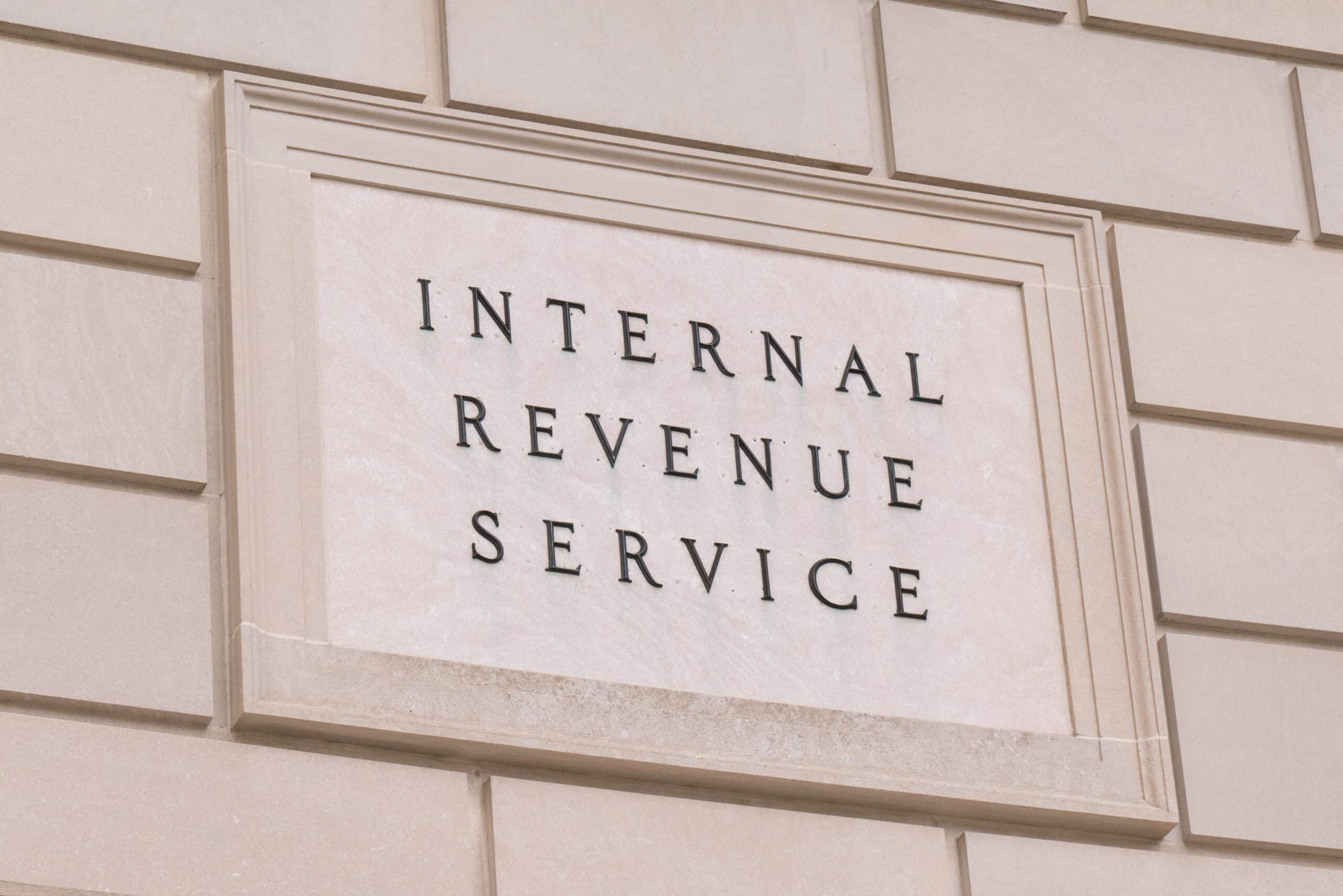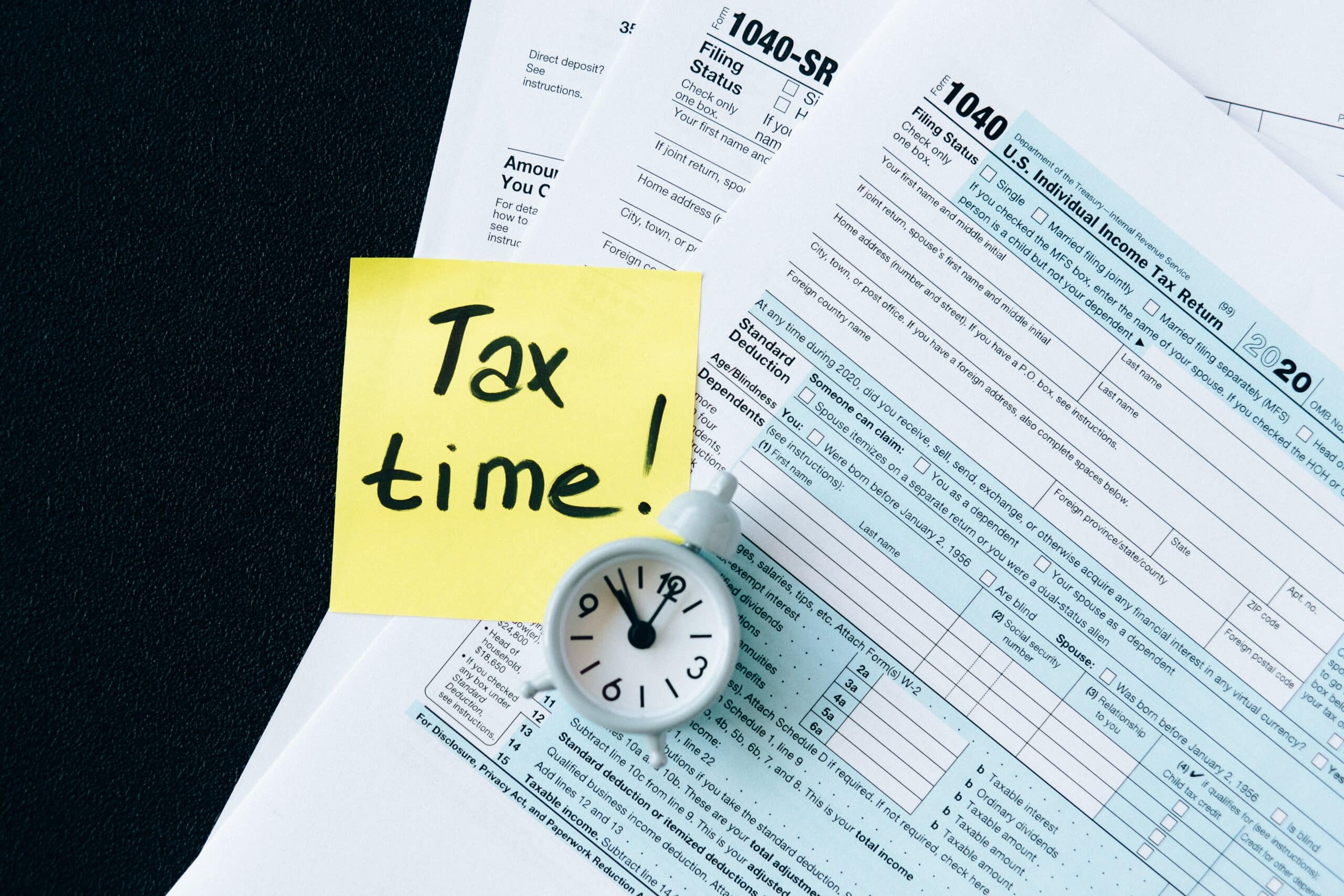The advancement of digital tipping technology has a whole host of benefits for your operations, your team, and your bottom line.
But as every employer knows, any change to the payment process — even if it’s for the better! — can create uncertainty and concern among employees. That’s especially true in an industry like hospitality, where it’s not unusual for employees to live paycheck to paycheck.
While digital tipping is quickly becoming table stakes for restaurants, it’s still a relatively new technology. So if you’re considering a digital tipping solution for your restaurant, your employees will likely have questions — and maybe even some misconceptions — about what instant, cashless tip-outs really mean for them.
Below are few of the myths we find ourselves regularly busting, as well as important information that can help your people rest assured that digital tipping is a simple, secure — and did we mention instant? — way to receive the tips they’ve worked so hard to earn.
Does digital tipping affect servers’ tax liability?
For some servers, one of the big perks of working in the restaurant industry is that cash tips can’t necessarily be tracked — so they may not report all of their tipped income. As digital tip-outs rise in popularity, many servers are concerned that this will mean more tip reporting and higher tax liability.
But the thing is: it doesn’t. Even though your employees’ tips might be paid out in cash, that doesn’t mean income is unreported. If your restaurant is using a POS system where you input your credit card tips after each table closes out, that POS data is already being used to report your servers’ income and the IRS is taxing them on it — which is why your employees might receive $0 paychecks. In fact, the IRS is gearing up to rely solely on POS data for tax information.
Just like before, if a customer leaves a cash tip, it’s on the employee to claim it, but credit card tips have been (and always will be) reported to the IRS.
Do employees need to download an app?
If your employees are anything like us, they have no storage to spare on their smartphone. So when you announce the rollout of a digital tipping solution at your restaurant, you might get some eyerolls: Does this mean there’s another app they have to download, and another account they have to manage on a regular basis?
Short answer: nope. It depends on the solution, of course, but a software like Kickfin doesn’t require an app download.
In fact, employees can sign up for Kickfin in 30 seconds — without having to download anything. You simply send out an invite to each employee, they click the link, and they sign up through their browser in seconds.
That means your staff get instant tip payouts, and they don’t have to delete a million photos to free up space for yet another app. Win-win!
Do digital tipping solutions require employees to use a paycard?
Here again, not all digital tipping solutions digitize tips the same way.
Yes, some solutions require employees to use a paycard. The problem with paycards is that employees might get hit with unexpected fees when they want to use their card or transfer money to their bank account. (And those bank transfers can take up to 3-5 days!)
Kickfin’s solution bypasses paycards and sends tip earnings directly to their bank accounts — which is where most employees prefer. Funds are instantly accessible the moment employees are tipped out (including nights, weekends and bank holidays), so your people don’t have to deal with the paycard wait times if rent is due or they have bills to pay.
Does Kickfin store servers’ banking information?
Hackers and identity thieves are constantly taking advantage of weak security thresholds (or worse: accidental data leaks). So it’s not surprising that your employees might hesitate to share personal or financial information with a new vendor.
With a solution like Kickfin that sends tip earnings straight to your employees’ bank accounts, it’s fair to assume their banking information is saved within Kickfin and could be compromised.
But that’s actually not how it works.
In addition to being 100% PCI compliant, Kickfin tokenizes your employees’ financial information. Without getting into the weeds, the bottom line is that their financial information is safe from bad actors, period.
What about personal information?
Constant spam calls and emails are driving everyone nuts, so your employees may be concerned about entering their phone number and email address into yet another database that could be sold to telemarketers, spammers, and even scammers.
We get it: Kickfin will never sell your employees’ personal information. We value your trust too much. And if an employee opts out of Kickfin or moves on to a new job, they can easily delete their account.
Can unbanked employees use Kickfin?
Kickfin connects to 100% of all 10,000+ banks for instant, cashless tip-outs. But what about hospitality employees who are unbanked?
Realistically, some workers aren’t old enough to have a bank account; some might be undocumented; and some people simply choose not to use a bank.
If your unbanked employees are worried about how they’ll get paid with a direct-to-bank tipping solution, make sure you’re selecting a software that gives them options. For example: With Kickfin, employees can simply opt out of instant payouts and receive their tips via payroll. It doesn’t add any administrative complexity for your team, and it ensures they’re still getting access to the tips they’ve earned.
Still have a burning question about digital tipping? We’re here to help. Schedule some time with us today and we’ll get you the answers you’re looking for!

![[WEBINAR] A Tip Pooling “Deep Dive” with Restaurant Strategy Podcast Host Chip Klose](https://kickfin.com/wp-content/uploads/2023/05/Car-Wash-Show-Postcard-April-2023-1-1.png)







